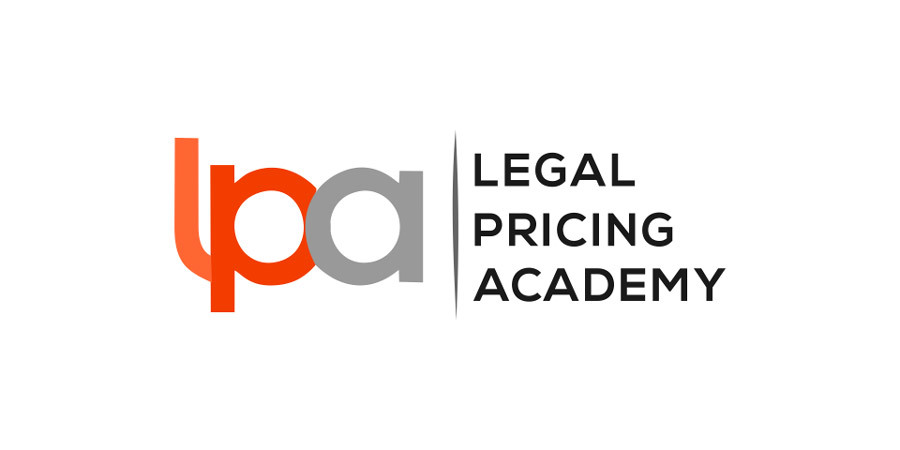Well, that’s got a really upbeat ring to it! As if legal practice isn’t challenging enough, we are now being told to not make a profit. No, clearly not. This is the further development of one of my core tenets and that is, production costs have absolutely nothing...

Well, that's got a really upbeat ring to it! As if legal practice isn't challenging enough, we are now being told to not make a profit. No, clearly not. This is the further development of one of my core tenets and that is, production costs have absolutely nothing to do with pricing.
Okay, I will concede that they do have a connection to the extent that if you can't sell stuff for more than it costs you to produce, you might as well shut the office and turn the lights out.
Value, price & cost...
What I am really alluding to is the notion that clients see value in what we do for them and that value has nothing to do with production costs. Sometimes they see great value and sometimes they see little or none. Whatever they see, it bears no relationship to our production costs.
This is not a 'scrap the billable hour' sermon, a view I have always respected but don't agree with. Rather, it is about reframing the hourly rate conversation.
The traditional approach...
Time recording and hourly rates were originally conceived as a method of applying cost accounting principles to the delivery of legal services and as such were a direct import from manufacturing concepts. The argument goes, that this is okay for manufacturing but is wholly inappropriate for knowledge workers.
Where I do agree with the billable hour detractors is in the view that time recording represents a lousy billing, or more correctly, pricing tool. It was only ever intended as a management reporting and cost accounting tool; a rather clumsy but more or less adequate way to calculate the cost of inputs.
But that is where it begins to go off the rails. Clients never have and never will be happy paying for inputs. They want results, outcomes, reassurance, peace of mind, support, guidance, mentoring - anything but inputs.
We have exacerbated the problem by conflating into one hourly rate the three traditional components; one-third for salaries, one-third for all other operational costs and one-third super-profit for the equity partners. While those proportions have changed markedly over the last few years, the fundamental methodology has not. One can perhaps understand the first two thirds but I suggest that the inclusion of a notional and completely arbitrary super-profit is illogical and produces poor outcomes for the firm and its clients.
A new approach...
So, I am going to posit an alternative as a counterpoint to getting rid of hourly rate-based pricing. That is to have all fee earners on a rate that does nothing more than recover the actual production costs of the piece of work. In other words it has no profit element at all.
There are several advantages to this approach, including:
(a) It forces lawyers to actually think about what value they are delivering or not delivering.
(b) It forces firms to face up to what work streams and clients are profitable and which are not profitable. If necessary they can then do something about it by reducing production costs and/or increase prices or consider getting out of that line of work or parting company with that client.
(c) It encourages firms to bring a more business-like and sophisticated approach to pricing.
(d) It encourages firms to move away from a cost-plus mentality.
(e) Clients aren't paying a predetermined profit margin where it can't be justified but equally, firms can charge considerably more than the historically customary 30% to 50% mark up on production costs in circumstances where considerable value has been delivered.
(f) It discourages irresponsible discounting by fee earners.
What do the numbers look like...
There are a number of ways to calculate this depending on cost allocation (fixed, variable, direct and indirect) amongst fee earners but the simplest, if imperfect method is to divide the total expected recorded billable time into the firms' total expected operational costs.
Let's keep it small and simple to demonstrate the arithmetic. Assume you are a five-partner firm with five other fee earners. The total cost of running the firm for a year, including a notional salary for each partner, is £2 million. The ten fee earners expect to record a total of 11,000 billable hours a year. We derive the cost-recovery hourly rate by dividing 11,000 into £2 million – approximately £182 an hour.
So, if any fee earner or combination of fee earners records 100 hours against the matter through to conclusion, the raw production cost is £182 x 100 = £18,200. This tells the firm that the matter has consumed £18,200 of the firms' resources to produce the work. In other words that is the break-even figure.
A very different question...
Now, a completely different question; what is a fair fee from the client's and the firm's point of view? It may be £18,200, (break-even), or £10,000 (a loss) or £30,000. The point is, we don't know and we must answer the question on its own merits.
As Warren Buffet has aptly noted, “price is what you pay, value is what you get". To the extent that such an approach compels a rethink about the difference between price and value, it is worthy of consideration.

